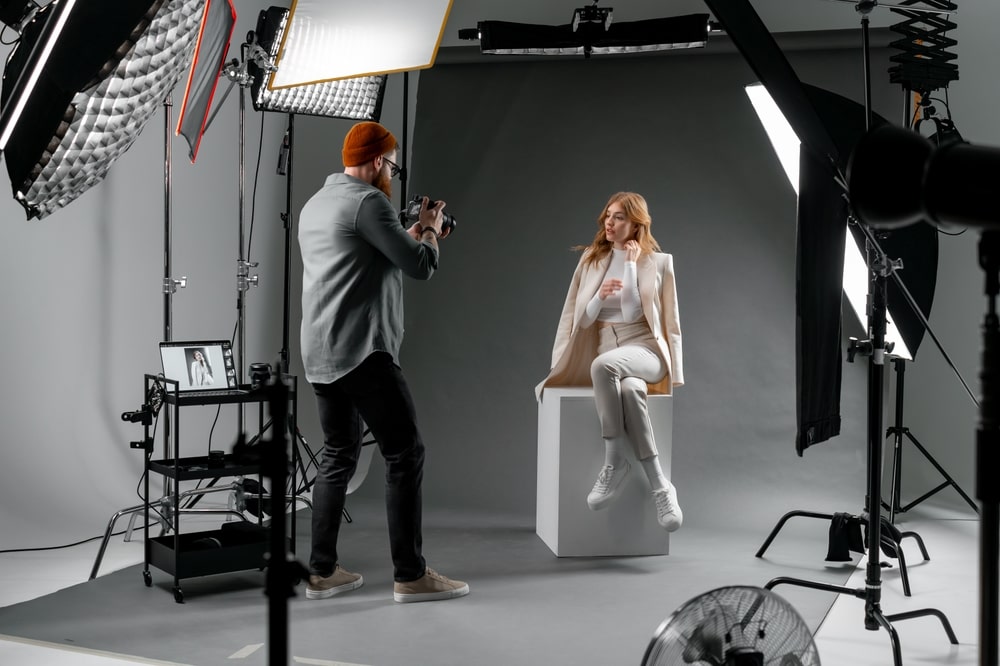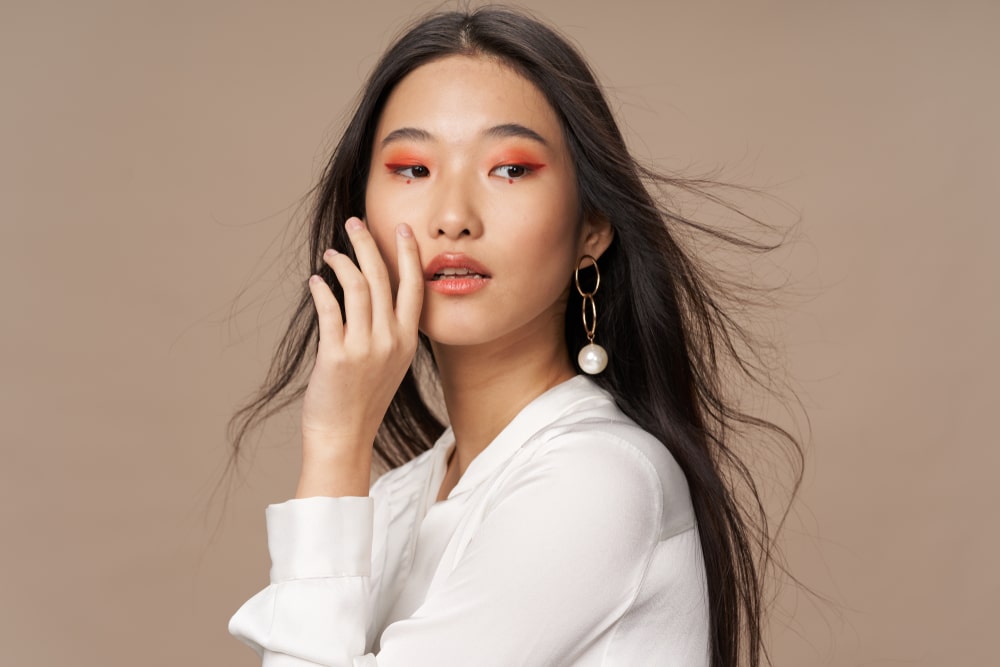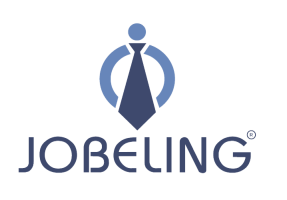
Breaking into brand modeling involves dedication, preparation, and the ability to create a portfolio that showcases your talent. This guide by Jobeling will walk you through the essential steps of how to model for brands, build a portfolio, and position yourself for success in this exciting field.
Contents
- 1 Understanding How to Model for Brands
- 2 Building a Portfolio for Brand Modeling
- 3 How to Approach Brands as a Model
- 4 Mastering Posing and Expressions for Brand Modeling
- 5 Networking to Secure Brand Modeling Opportunities
- 6 Staying Professional as a Brand Model
- 7 Exploring New Opportunities in Brand Modeling
- 8 FAQs
- 9 Conclusion
Understanding How to Model for Brands
Modeling for brands involves representing their products or services in a way that appeals to their target audience. This requires not only physical attributes but also adaptability and professionalism.
What Does It Mean to Model for Brands?
Modeling for brands means becoming the face of a company’s campaign, whether for clothing, beauty products, accessories, or even lifestyle services. Brands hire models who embody their values and vision, making it essential to align with their messaging. You may appear in print advertisements, digital campaigns, or promotional videos, showcasing the product in an engaging and appealing manner. Learning how to model for brands starts with understanding their requirements and developing the skills needed to bring their vision to life.
Why Is Brand Modeling a Promising Career?
Brand modeling is a promising career because it offers opportunities for growth, visibility, and financial stability. Companies are always on the lookout for fresh faces to enhance their campaigns, whether it’s for social media ads, television commercials, or printed catalogs. As a model for brands, you gain exposure to diverse industries and establish connections with influential people, including designers, photographers, and marketing teams. Additionally, the skills you develop—such as communication, adaptability, and professionalism—can pave the way for other creative careers, like acting or entrepreneurship. The increasing demand for diverse models also means that more people can enter the field and succeed.
Building a Portfolio for Brand Modeling
A strong portfolio is your ticket to securing opportunities in brand modeling.

It serves as your visual resume and demonstrates your ability to represent different products and styles.
Essentials of a Portfolio for Brand Models
Your portfolio is your most powerful marketing tool, providing brands with a glimpse into your skills, style, and adaptability. The essentials of a brand modeling portfolio start with high-resolution headshots that capture your unique features, such as your smile, bone structure, or eyes. Full-body shots should emphasize your posture and proportions, giving brands a clear idea of how you’ll look in their apparel or products. Including lifestyle photos is equally important, as they demonstrate your ability to interact naturally with props or environments, such as using gadgets, enjoying a coffee, or engaging in outdoor activities. A well-rounded portfolio speaks volumes about your versatility and professionalism.
Tips for Creating a Standout Portfolio
Creating a standout portfolio involves more than just great photos; it requires strategic planning and execution. Work with a professional photographer who understands lighting, composition, and how to highlight your best features. Choose outfits that align with the brands you aim to model for, showcasing a mix of casual, formal, and themed looks. Pay attention to details like facial expressions, poses, and even the setting of your photoshoots to ensure that each image tells a story. Don’t forget to include a brief introductory page in your portfolio that outlines your measurements, experience, and contact details. Keep your portfolio concise yet impactful, regularly updating it with fresh work to stay relevant.
How to Approach Brands as a Model
Approaching brands confidently and strategically is crucial when learning how to model for brands. Establishing direct connections and presenting yourself professionally can make a significant difference.
Researching the Right Brands
Researching the right brands is crucial to establishing a successful modeling career. Start by identifying companies whose values align with your own—whether it’s sustainable fashion, high-end luxury, or fitness and wellness. Dive deep into their marketing campaigns, social media presence, and target audience to understand their expectations. For instance, if a brand focuses on youthful energy, your pitch should emphasize your ability to exude vibrancy and connection with a younger demographic. Research also helps you tailor your portfolio and presentation to fit their specific needs, increasing the likelihood of being noticed.
Reaching Out to Brands
Approaching brands requires confidence, clarity, and a professional demeanor. Begin with a personalized email or direct message that includes a brief introduction, your portfolio, and a statement explaining why you’d be a great fit for their campaigns. Highlight specific skills or experiences that align with their brand’s objectives, such as your ability to adapt to different styles or your past work in similar niches. Keep your tone respectful and professional, avoiding generic or overly casual language. Following up after a reasonable period shows initiative and enthusiasm, but remember to respect their time and decisions.
Mastering Posing and Expressions for Brand Modeling
To model for brands effectively, you need to master the art of posing and expressions that bring their campaigns to life.

Learning the Basics of Posing
Posing for brand modeling requires confidence, fluidity, and the ability to adapt to various campaign themes. Practice classic poses in front of a mirror or work with a photographer to identify your best angles. Experiment with subtle changes in posture, head tilts, and hand placement to convey different moods. Mastering basic modeling poses will make you more comfortable during shoots and allow photographers to capture compelling images efficiently.
Expressing Emotions Through Your Work
Brands often want models who can tell a story through their expressions, whether it’s joy, sophistication, or intrigue. Practice using your eyes, smile, and body language to communicate emotions naturally. Study successful campaigns to observe how professional models use expressions to captivate audiences and sell the product.
Networking to Secure Brand Modeling Opportunities
Networking is an essential component of how to model for brands. The right connections can lead to valuable opportunities and collaborations.
Attending Industry Events
Fashion shows, casting calls, and networking mixers are excellent platforms for meeting brand representatives, photographers, and other industry professionals. Bring your portfolio and dress in a way that reflects your personal brand. Be confident, approachable, and professional to leave a lasting impression.
Using Social Media for Exposure
Social media platforms like Instagram and TikTok are powerful tools for brand modeling. Post high-quality content regularly and engage with your followers to build a strong online presence. Use hashtags and tag brands in relevant posts to increase visibility. Brands often scout for new talent on social media, so maintaining a polished profile can open doors to exciting collaborations.
Staying Professional as a Brand Model
Professionalism is key to building a strong reputation in brand modeling.

Time Management
Brands value models who are punctual and organized. Arrive early for shoots, meet deadlines for submissions, and always maintain clear communication with clients and agencies. Time management reflects your reliability and dedication to the job.
Maintaining Your Brand Image
As a model, your image represents your career. Maintain consistency in your personal and professional presentation, both online and offline. Avoid controversies or behaviors that could harm your reputation, as this can impact your ability to secure future opportunities.
Exploring New Opportunities in Brand Modeling
Brand modeling is constantly evolving, offering new and exciting opportunities for aspiring models.
Emerging Markets
With the rise of e-commerce and social media, emerging markets are providing more opportunities for brand models. From modeling for online clothing stores to being featured in influencer campaigns, these markets are reshaping the modeling landscape.
Collaborating with Influencers
Brands often partner with influencers to expand their reach, and models can benefit from these collaborations. Building relationships with influencers can introduce you to brands they work with, opening up new avenues for assignments and exposure.
FAQs
How do I start modeling for brands?
Begin by building a professional portfolio and reaching out to brands that align with your style and values.
Can I model for brands without experience?
Yes, many brands work with new models. Focus on creating a polished portfolio to showcase your potential.
How can social media help me model for brands?
Social media platforms allow you to showcase your work, engage with followers, and connect with brands directly.
What should I include in my portfolio for brand modeling?
Include headshots, full-body shots, and lifestyle photos that highlight your versatility and ability to represent products.
How can I stay professional while modeling for brands?
Be punctual, communicate clearly, and maintain a positive attitude during shoots and interactions with clients.
Conclusion
Learning how to model for brands is an exciting journey filled with opportunities to grow and shine. Whether you’re just starting or looking to expand your career, Jobeling Talent Agency is here to help. Our platform connects aspiring models with top brands and exclusive assignments. Join our waitlist today and take the next step toward your dream career!
